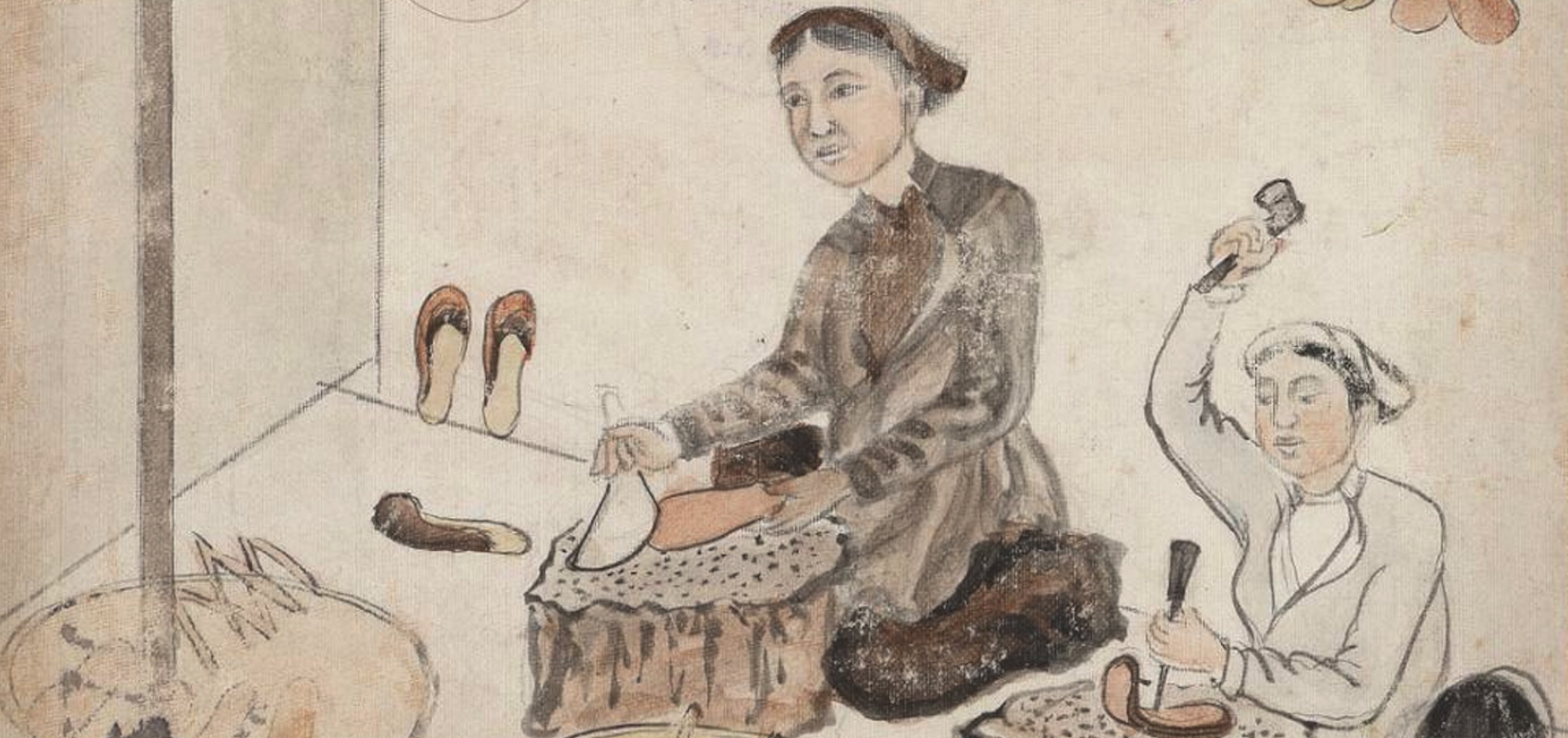
Greedy work” is a concept attributed to economist Claudia Goldin, but its intellectual roots can be traced back to Arlie Hochschild. Hochschild’s 1997 book The Time Bind spoke of “greedy institutions,” as in, institutions that demanded more and more of a participant’s time. Goldin explicitly applied that idea to the modern workplace, noting how employers (particularly in white-collar professions) increasingly took over more and more of an employee’s day. Public intellectual Kay Hymowitz has written about the battle between “greedy work” and work-life balance.
These authors are all onto something: Pace Gordon Gekko, greed is not “good.” The American workplace has encroached ever more on the time of its employees. This is particularly true among white-collar, especially salaried, professionals: The “forty-hour workweek” became something for blue-collar types that watched the clock and didn’t demonstrate “commitment” to their careers, something these “professionals” would not do. They worked into the night, on weekends. The growing divide between the doing and the thinking classes exacerbated that chasm.
Covid shutdowns had some effect on mitigating that trajectory. Many people discovered two things: Work did not have to be a time-Minotaur, and there were other things in their lives (like what their children were being taught) that, thanks to their more flexible hours, they could now pay attention to—and should have been paying attention to. Currently, there appears to be conflicting tension among three things: a growing employer push to “get back to the office”; a pushback by (not just) some employees against going back to pre-pandemic time demand creeps; and instability from the current economy and job market.
The relationship between work and time goes back a long way in American labor. One of the first achievements of the U.S. labor movement in the nineteenth century was the forty-hour workweek, the first taming of “greedy work” by limiting it to roughly one-third of an employee’s life. That attainment should not be marginalized as a “working-class” thing.
But the work/time problem persists, and not just in the form of “back-to-the-office” versus “flex time/hybrid workplace” conflicts. We need to broaden our aperture when it comes to talking about “time,” expanding it to a “whole career/employment lifetime” perspective.
Regarding America’s fertility implosion and aging demographics, some think expanding state-subsidized childcare is the solution. That “remedy,” however, assumes the economic factors impinging on family life—including work hours, two-earner families, and career paths that still often do not account for children—should remain undisturbed. American Compass recently commented that the people most directly touched by this state of affairs—young families, especially mothers—do not want more government childcare as much as time off without penalty to be with at least their youngest children. Other pro-family scholars (such as Brad Wilcox and Tim Carney) concur. The question becomes: Which is the “problem,” our economic model, or our kids?
The earlier scholars got close to this idea but failed to draw conclusions. Goldin seems to have seen “greedy work” as the cause of sex-based pay disparities. Hochschild’s book’s subtitle also got close to the reality: “When Work Becomes Home and Home Becomes Work.”
But what many do not recognize is that “time” is not just a question of hours per week. It’s also time during life: time when making and progressing in one’s career conflicts with time making and raising a family. As a stable middle-class life became increasingly dependent on a family having two wage earners, women particularly have discovered that they were sold a false bill of goods in the slogan “women can have it all.”
Laissez-faire economists, libertarians, and radical individualists all combine to dismiss, in practice if not theory, family formation as something the economy should account for. They prefer to deem them “personal choices” that public policy should not necessarily “privilege.” And those who see no problem with an ever-expanding social welfare state offer expanded daycare rather than wrestle with the broader organizational model of our economy, especially when it comes to parents—particularly women—in it. Les extrêmes se touchent.
Neither economics nor “sacred markets” run on autopilot; they learn to adapt to policy choices made for non-economic (such as political or even human) reasons, like the forty-hour workweek. Sure, “productivity” in theory would rise if there was no cap on the workweek, but we concluded more than a century ago as a society that Ecclesiastes 3 was onto something: There is a time to work and a time to refrain from working.
Similarly, a wider lens on human time would make us reckon with the opportunity for a person to become a parent and exercise that parenthood vis-à-vis their offspring—at least in their most formative early years—is a social common good toward which our public policy choices should shape job paths and the socio-economic cultural expectations that undergird them. (They might also influence other economic and cultural expectations, such as the intrinsic value of a secure retirement as more than just a period before death minimized to ameliorate financial impact on the Social Security trust fund—but that’s another issue.)
Modern medicine notwithstanding, there’s still validity in the Psalmist’s insight that a human’s time is “seventy years, or eighty for those who are strong” (90:10). Within those four score years is written what really matters in someone’s life. As many pundits have observed, no one lies on his deathbed lamenting, “I wish I put in more time on the job!”
